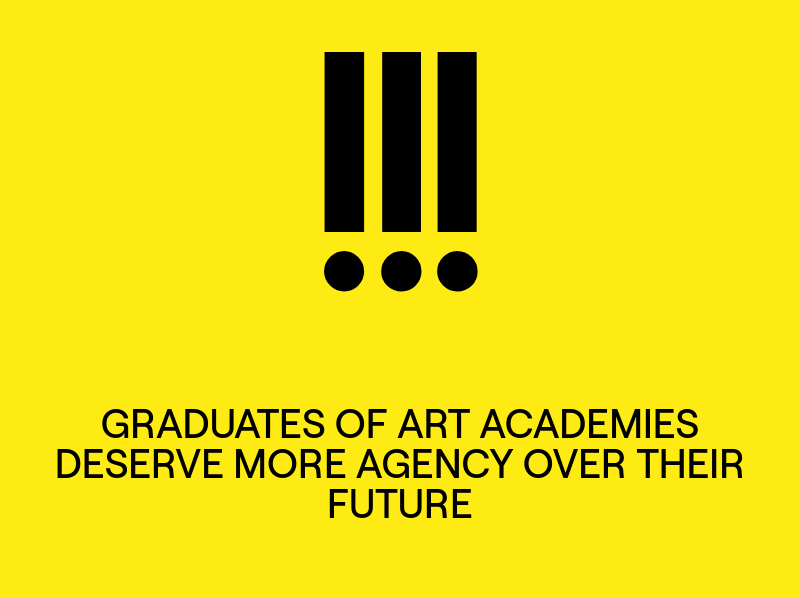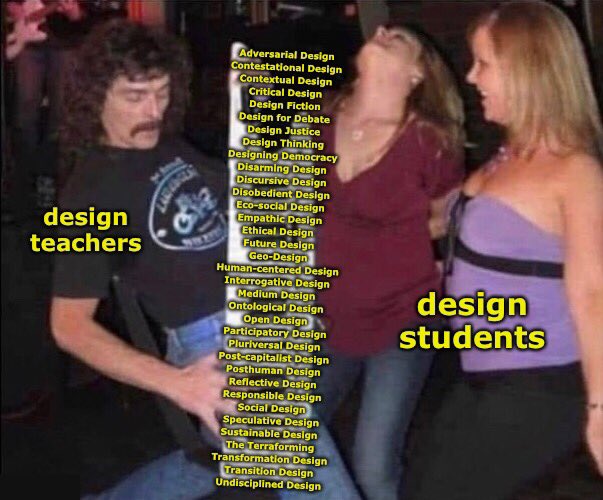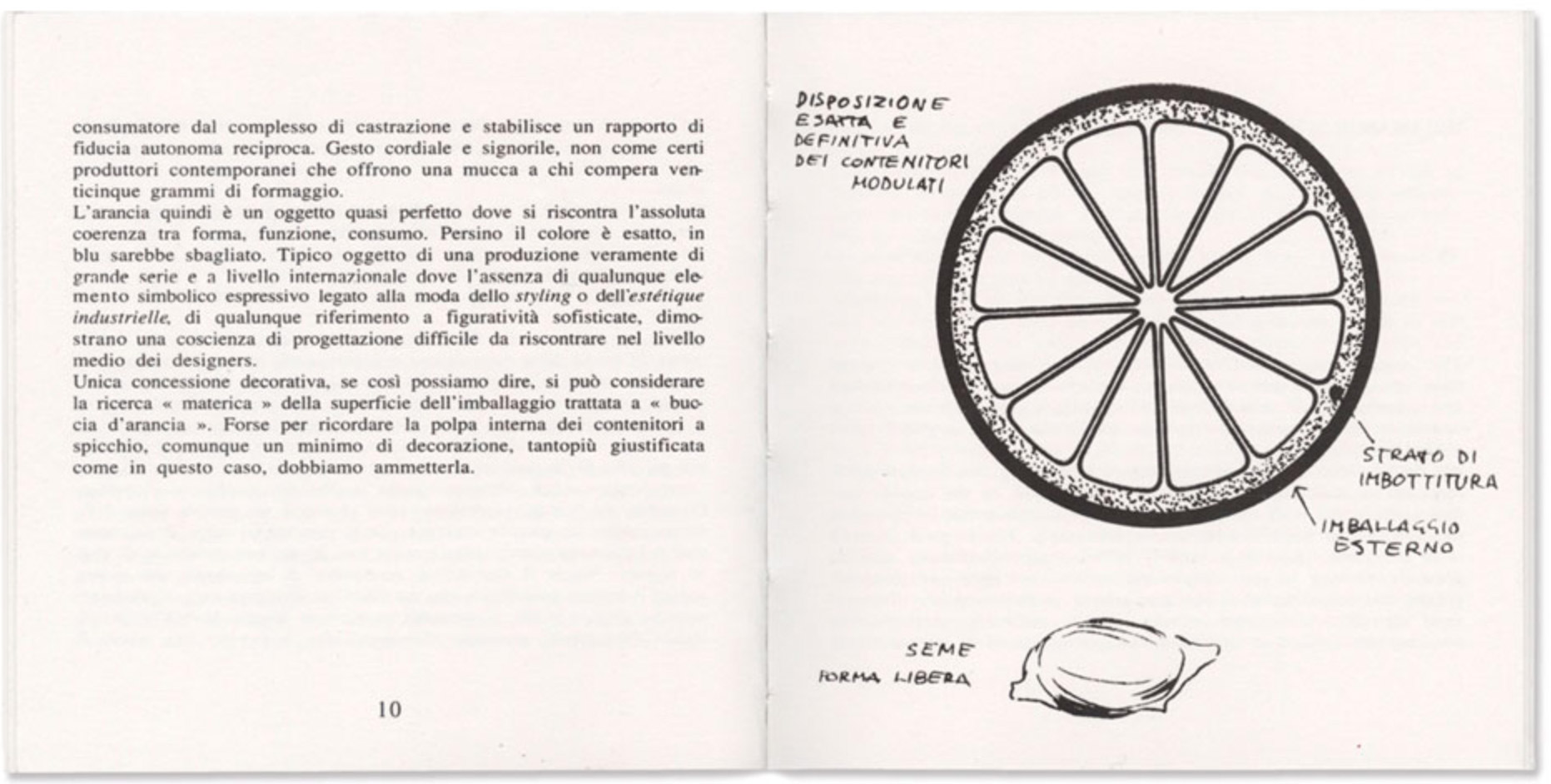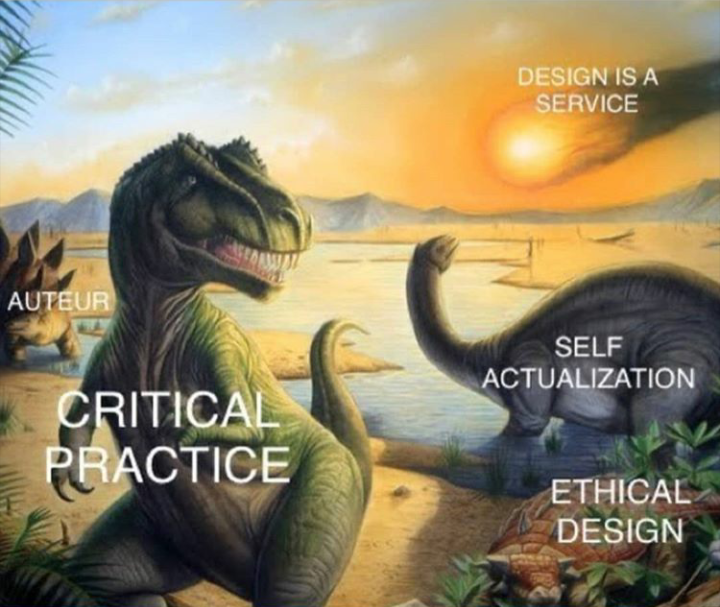[Download the “Design (Anti)Panism” zine based on the following chronology and produced, during a 2-day workshop, by the students of the Information Design department at Design Academy Eindhoven.]
1962
“Every human being is a designer. Many also earn their living by design – in every field that warrants pause, and careful consideration, between the conceiving of an action and a fashioning of the means to carry it out, and an estimation of its effects.” – Norman Potter
“Everyone is a designer, says Author Grillo in What is Design? Design is not the product of an intelligentsia.” – The Architectural Forum
1971
“All men are designers. All that we do, almost all the time, is design, for design is basic to all human activity.” – Victor Papanek
“Many books on industrial design suggest that design began when man began making tools. While the difference between Australopithecus africanus and the modern designer may not be as great as one might think or hope, the idea of equating man the toolmaker with the start of the profession is just an attempt to gain status for the profession by evoking a specious historical precedent. ‘In the beginning was Design,’ obviously, but not industrial design.” – Victor Papanek
1994
“Contra the widely promoted belief that design is something all human beings do and have done throughout history, but now must do more consciously and thoroughly than ever before, design is something that has had a history. Its beginnings can be traced to the rise of modernity, and it will almost certainly come to an end with the modern project. Indeed, we have an obligation not so much to promote designing as to learn to live without it, to resist its seductions, and to turn away from its pervasive and corrupting influence.” – Ivan Illich & Carl Mitcham
“We are all designers. Designing is integral to every intentional action we take.” – Tony Fry
1996
“Everyone designs who devises courses of action aimed at changing existing situations into preferred ones.” – Herbert Simon
1999
“There is a risk of falling into the trap of vague generalizations like ‘everything is design.’ Not everything is design, and not everyone is a designer […] Every one can become a designer in his special field, but the field that is the object of design activity always has to be identified […] The inherent components of design are not solely concerned with material products, they also cover services. Design is a basic activity whose capillary ramifications penetrate every human activity. No occupation or profession can claim a monopoly on it.” – Guy Bonsiepe
2000
“Everyone is a designer!” – Mieke Gerritzen and Geert Lovink
2002
“[Today] the aesthetic and the utilitarian are not only conflated but all but subsumed in the commercial, and everything – not only architectural projects and art exhibitions but everything from jeans to genes – seems to be regarded as so much design.” – Hal Foster
2003
“We are all designers. We manipulate the environment, the better to serve our needs. We select what items to own, which to have around us. We build, buy, arrange, and restructure: all this is a form of design.” – Don Norman
2004
“Design has emerged as one of the world’s most powerful forces. I has placed us at the beginning of a new, unprecedented period of human possibility, where all economies and ecologies are becoming global, relational, and interconnected.” – Bruce Mau, 2004
2007
“That design is not only an activity that trendy metropolitan design ‘creatives’ engage in: it’s a universal human life skill, a way of ordering, interpreting and enhancing our artefacts, images and surroundings, in which all of us should have a stake.” – Rick Poynor
2009
“Over the course of their century-long history of creative problem solving, designers have acquired a set of tools to help them move through what I have called the “three spaces of innovation”: inspiration, ideation, and implementation. My argument is that these skills now need to be dispersed throughout organizations. In particular, design thinking needs to move “upstream,” closer to the executive suites where strategic decisions are made. Design is now too important to be left to designers.” – Tim Brown
2010
“Looking back at the first edition of Everyone Is a Designer in 2000, when we proposed the idea of democratization of design, a decade later this programmatic statement has become reality.” – Mieke Gerritzen and Geert Lovink
2015
“We are a designing species” – Victor Margolin
“In a world in rapid and profound transformation, we are all designers. Here, ‘all’ obviously includes all of us, individuals but also organizations, businesses, public entities, voluntary associations, and cities, regions, and states. In short, the ‘all’ we are talking about includes every subject, whether individual or collective, who in a world in transformation must determine their own identity and their own life project.” – Ezio Manzini
2016
“Design has gone viral. The word design is everywhere. It pops up in every situation. It knows no limit.” – Beatriz Colomina and Mark Wigley
2018
“[…] design is literally everywhere; from the largest structures to the humblest aspects of everyday life, modern lives are thoroughly designed lives.” – Arturo Escobar
2019
“If one needs to ‘subvert’ design, this implies that a dominant framework of design reigns–and I think one of the reasons why it reigns is that it has managed to fold any and everything under its agile wings.” – Ruha Benjamin
2020
“Everyone can design, even designers” – Ernesto Oroza
2021
“Luckily, design is something anyone in any discipline already knows how to do.” – Keller Easterling
2022
“Design alone cannot (and certainly does not) replace politics or economics or culture. Yet design is everywhere, and everywhere it is, it represents and enacts politics, economics, and cultures.” – Matthew Wizinsky












